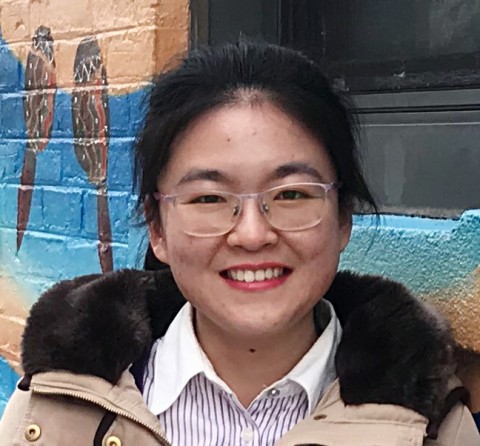Qubits are the building block for quantum technology, and finding or building qubits that are stable and easily manipulated is one of the central goals of quantum technology research. Scientists have found that an atom of erbium—a rare-earth metal sometimes used in lasers or to color glass—can be a very effective qubit.
To make erbium qubits, erbium atoms are placed in “host materials,” where the erbium atoms replace some of the material’s original atoms. Two research groups—one at quantum startup memQ, a Chicago Quantum Exchange corporate partner, and one at the US Department of Energy’s Argonne National Laboratory, a CQE member—have used different host materials for erbium to advance quantum technology, demonstrating the versatility of this kind of qubit and highlighting the importance of materials science to quantum computing and quantum communication.
The two projects address challenges that quantum computing researchers have been trying to solve: engineering multi-qubit devices and extending the amount of time qubits can hold information.
“The work that these two efforts have done really highlights how much materials matter for quantum technology,” said F. Joseph Heremans, staff scientist at Argonne who was involved with both projects. “The environment the qubit resides in is just as critical as the qubit itself.”
Startup memQ selectively activates erbium qubits, making it easier to control multi-qubit devices
Erbium is popular as a qubit because it can efficiently transmit quantum information over the same kind of optical fiber that channels internet and phone lines; its electrons are also arranged in such a way that it’s particularly resistant to the kind of environmental changes that can cause a qubit to lose its information.
But the growth process that inserts the erbium into the host material scatters the atoms throughout the material in a way the scientists can’t precisely control, which makes it difficult to design multi-qubit devices. In a completely novel technique, scientists at memQ have discovered a work-around: “activating” only certain erbium atoms with a laser. The work was recently published in the journal Applied Physics Letters.
“We're not actually placing the erbium in specific spots, the erbium is scattered throughout the material,” said Sean Sullivan, CTO and co-founder of memQ, which is a graduate of Duality, the quantum startup accelerator co-led by the Polsky Center for Entrepreneurship and Innovation at the University of Chicago and the CQE along with founding partners the University of Illinois Urbana-Champaign, Argonne, and P33. “But by using a laser, we can change the crystal structure in a particular area, and that changes the properties of erbium in that area. So we’re selecting which erbium to use as qubits.”
The technique relies on the properties of the host material, titanium dioxide (TiO2). Because of its symmetry, a crystal lattice of TiO2 has two possible configurations. An erbium atom inserted into the lattice will communicate at a different frequency depending on the configuration of TiO2 it sits in.
